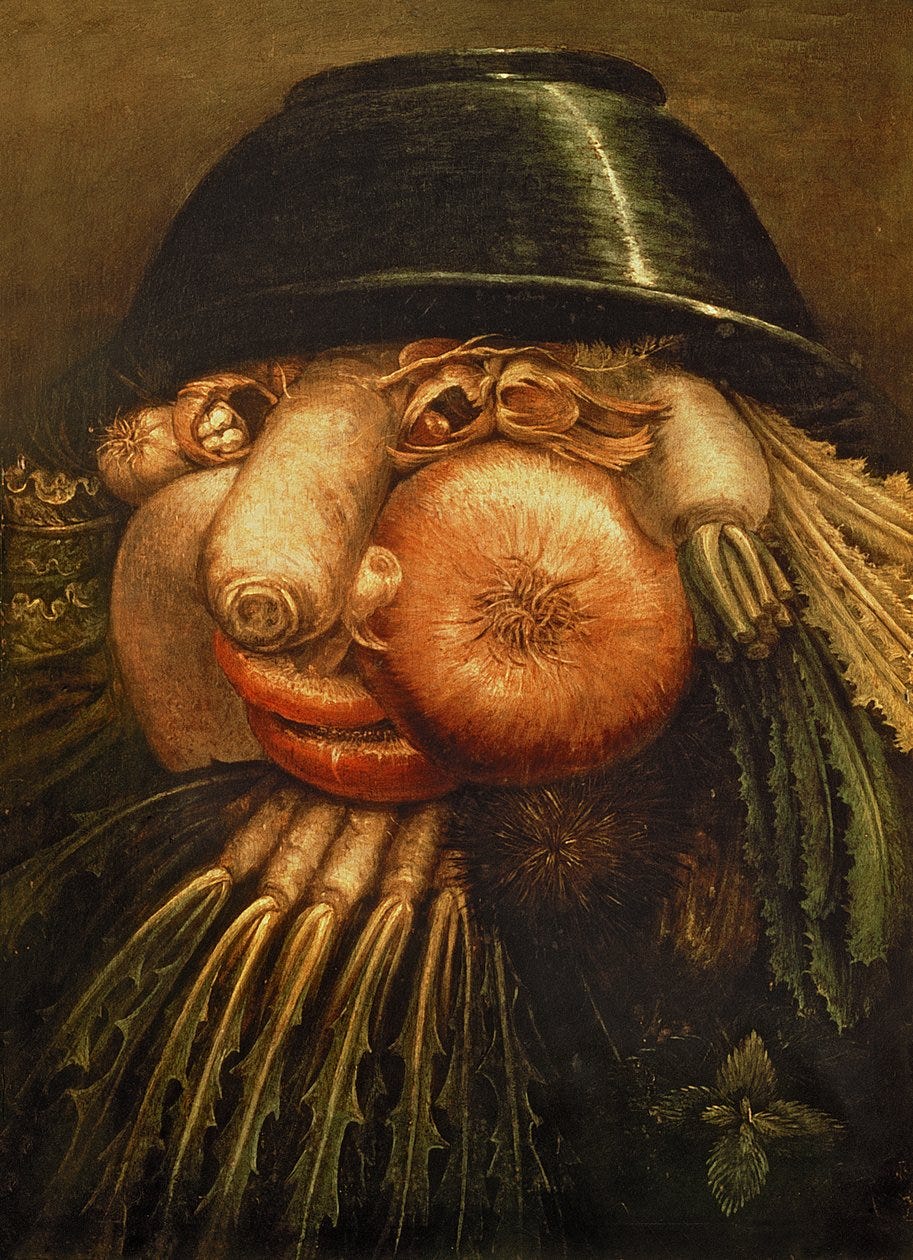Unfolding NPCs procedure
Ever pictured peeling an onion, layer by layer, until you reach the core?
That image perfectly represents what you can do with an NPC using the Unfolding NPCs procedure.
This approach is all about revealing depth through interaction: no dice rolls, no checks, just the player's ability to build a relationship between their PC and the ‘target’ NPC.
What you need
The process for creating an NPC in Personæ stays mostly the same, with one addition: physical traits. An NPC is defined by:
A personality (2 descriptive words, max 4)
Metaphysical traits (e.g. gifts, phobias, passions)
A purpose (their core)
Physical traits (equal in number to the metaphysical ones)
The GM defines the NPC using four main steps: personality, traits, and purpose, then adds physical traits either freely or using these guidelines:
Distinguishing marks (scars, tattoos, etc.)
Unconscious gestures (tics, laughs, coughs)
Behavioral habits (hand movements, catchphrases)
Note: Occupation isn't relevant for Unfolding NPCs.
How it works
The goal of the player is to discover who the NPC really is. They start knowing nothing about the metaphysical traits or purpose and must uncover them through role-played interactions, no mechanics involved.
Here’s the flow:
The PC and NPC interact freely (e.g. having a beer at the tavern).
The GM uses the conversation to subtly reveal the NPC’s personality.
After the interaction, the player tries to guess the personality words:
Close to one → reveal 1 metaphysical trait
Correctly guess one → reveal 2 metaphysical traits
Miss both → reveal 1 physical trait
Once all metaphysical traits are uncovered, the next interaction reveals the NPC’s purpose, the “core of the onion.”
This models how real relationships work:
The more time you spend with someone, the more you learn about them.
The more you learn, the better you understand them.
The better you understand them, the closer you get to their true self.
The procedure stay consistent to the absence of US Presence or Reasoning. It’s all about soft skills and meaningful interaction, completely in line with the KUP model. It will be an additional part of the new edition of Personæ.
This procedure grew out of the NPC creation system, and was inspired by two insightful posts by
and here below. Many thanks to their authors for the inspiration—whether they meant it or not!






Making NPCs great and real people. I like this post.
This is a neat encapsulation of one way of developing NPCs. It’s not my personal preference - which is to start with those ‘objective’ physical descriptors and let every other trait emerge (for me as much as for the players) through interaction - you can read about my approach in my post ‘Death is Really Quite Dull’. I’d take issue only with one statement. In my experience, trying to give players any information ‘subtlely’ is a doomed endeavour. Hit them over the head with it like a mule being cracked over the skull with a plank. This is true even of players I really rate as being switched on at the table. There’s an entire post to be written about this topic.